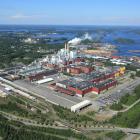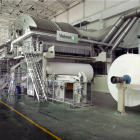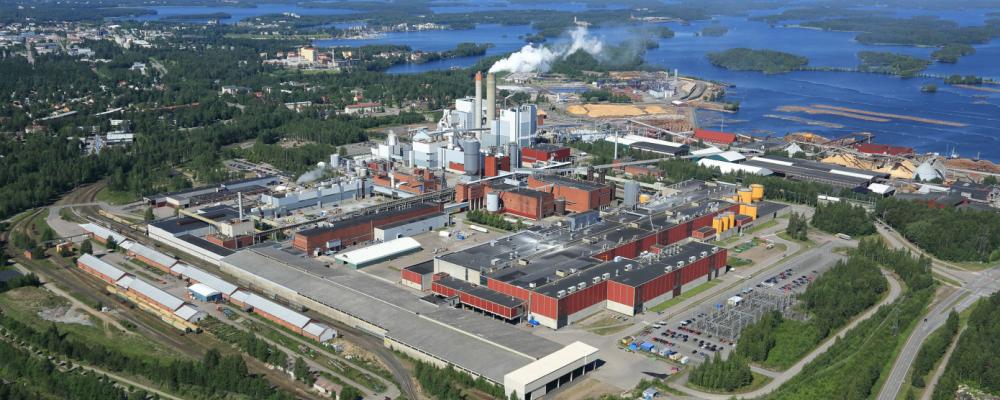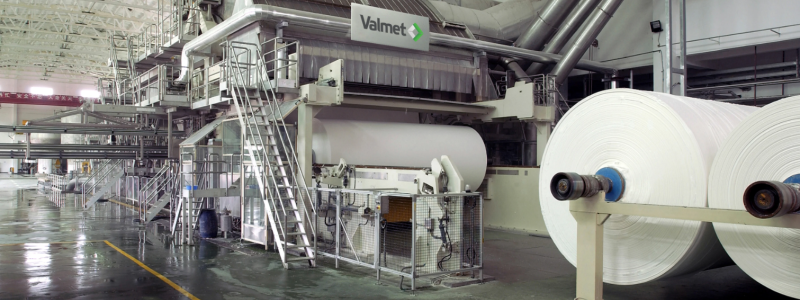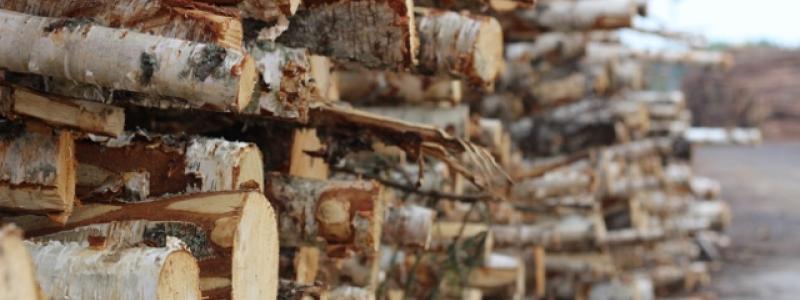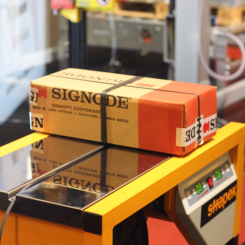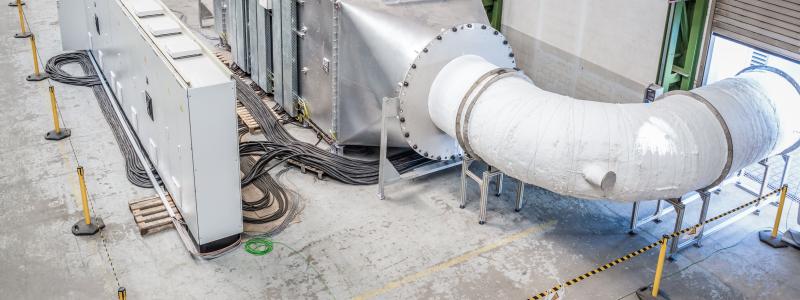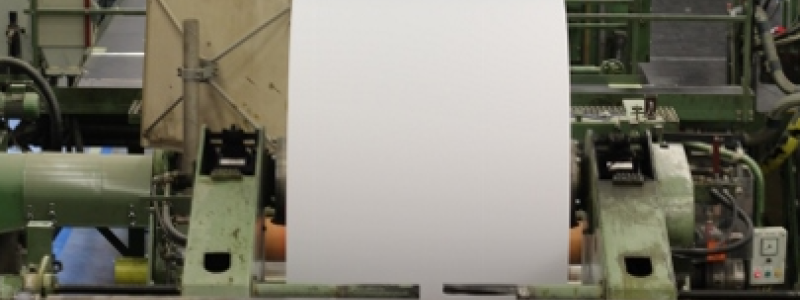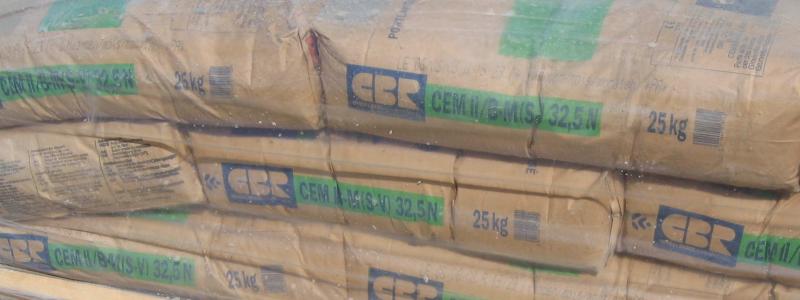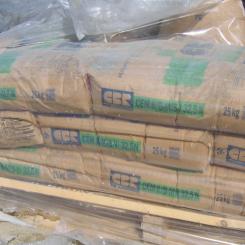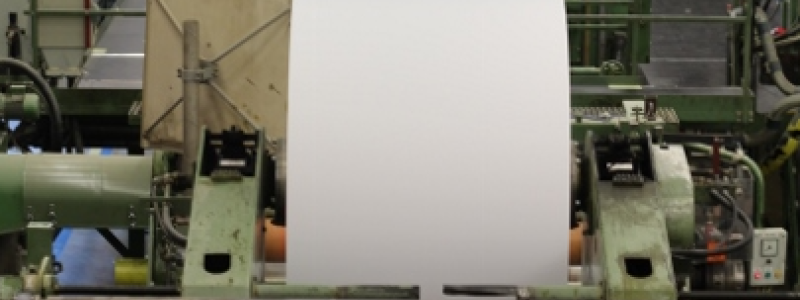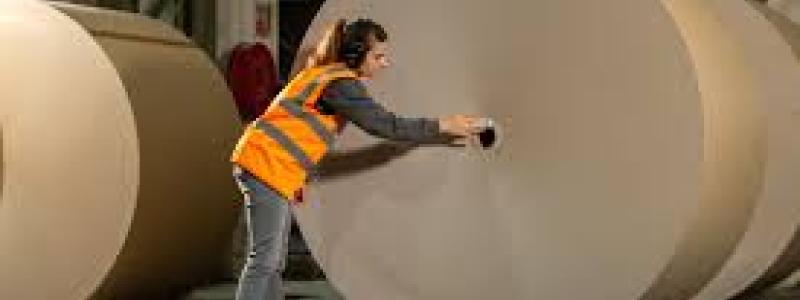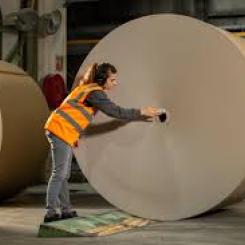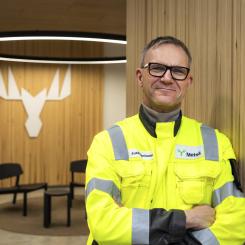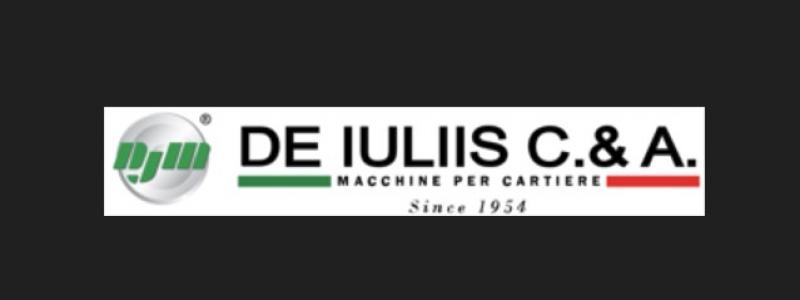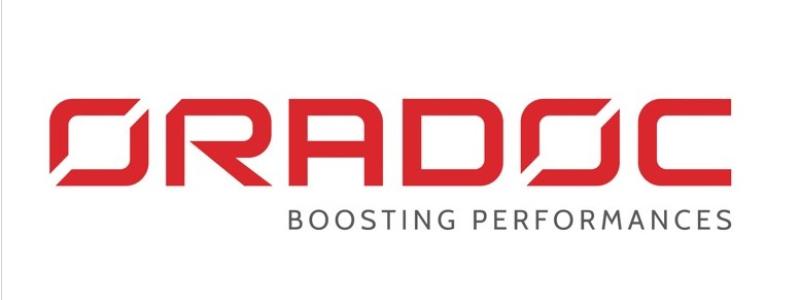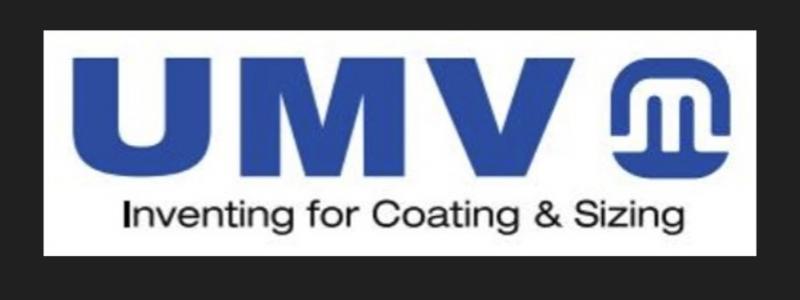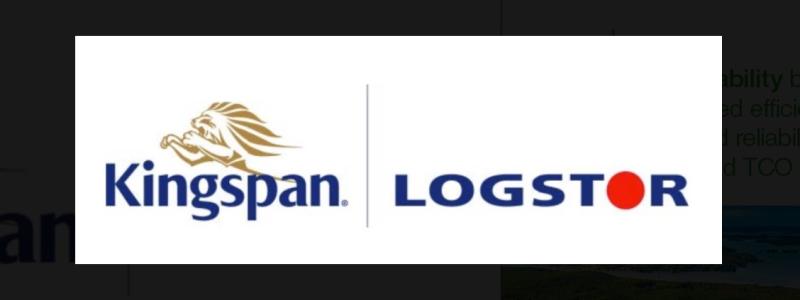Recently a workshop at Innventia addressed the questions of needs, possibilities and benefits of lignin-based carbon fibres. Special invitees from the industry and the scientific society – Södra, Saab Group, Volvo Cars, Marstrom Composite, Oxeon, Metso Power, Swerea Sicomp, Oak Ridge National Laboratory, Innventia and the Swedish Innovation Agency (Vinnova) – gathered to discuss how this material could meet the end customer’s demands on product performance and the market need for renewable products.
"Lignin is part of our vision of expanding our business with new valuable products in order to stay competitive. For this research is needed. Our primary purpose is to utilise lignin for becoming fossil free. The next step is to develop a platform for new value added products". Among these, we have identified carbon fibre as one of the most interesting alternatives, said Camilla Rööst, Manager R&D at Södra Innovation.
At Innventia, the potential use of kraft lignin as raw material for the production of structural carbon fibres in competitive commercial qualities is investigated in the LigniCarb Project, supported by Vinnova and the forest industry.
"We have in a relatively short period of time reached some very promising results. By arranging this workshop, we wanted to show that there are other sources of raw material than the petrochemical and to start a cross-disciplinary discussion on the required properties for different applications", said Elisabeth Sjöholm, Innventia.
One question when evaluating the commercial quality of the new material deals with performance. However, quality and performance are two separate issues.
"Reinforcement materials made from lignin based carbon fibres, with relatively lower performance compared to PAN based carbon fibre, can still be converted into high performance fabrics. With our Spread Tow Fabrics technique, this could be possible", said Fredrik Ohlsson at Oxeon, a quickly growing Swedish supplier of high performance carbon reinforcements.
Replacing materials such as glass fibres with carbon fibres has a great impact on the performance of the end product. For vehicles and speed racing boats, the weight is of great importance.
"Every hg counts. If we can reduce the weight by 50 percent, the fuel consumption would consequently be reduced by 50 percent, declared Håkan Mann at Marstrom Composite, a manufacturer of extreme race sailing, RIB boats, among other things.
"In our industrial line of business, we are looking forward to new potential products of carbon fibres. One of the best to go for is wind power plants. Unlike vehicles, you are not expected to change this piece of equipment every 5 years.
Today, carbon fibre is too expensive for large scale automotive use. Frederic S. Baker is the manager of the Low Cost Carbon Fibre Project at Oak Ridge National Laboratory (ORNL). This project aims at reducing the cost of carbon fibre from about $33-44 to $11-15 per kg.
"Carbon fibre is already in use in U.S. vehicles but not affordable. If each North American vehicle contained 3 kg of carbon fibre, the total CF supply would be consumed."
According to Fred Baker, the limited use of carbon fibres in vehicles is a direct consequence of price and availability and has nothing to do with performance. On the contrary, these light-weight vehicles have been tested with excellent results.
The aerospace industry has been using carbon fibres for a long time and would perhaps be the natural first market for the lignin-based fibres. Pontus Nordin at SAAB Aeronautics gave the scientist some valuable advises for further development:
"Work on the improvement of fibre properties and for a completely green solution, green prepreg. I also advise you to collaborate with Boeing and Airbus from the start."
Pontus Nordin also opened the door for co-operation regarding testing of the new carbon fibre material.
"Most carbon fibre suppliers started in the aerospace market and then expanded to other markets".

